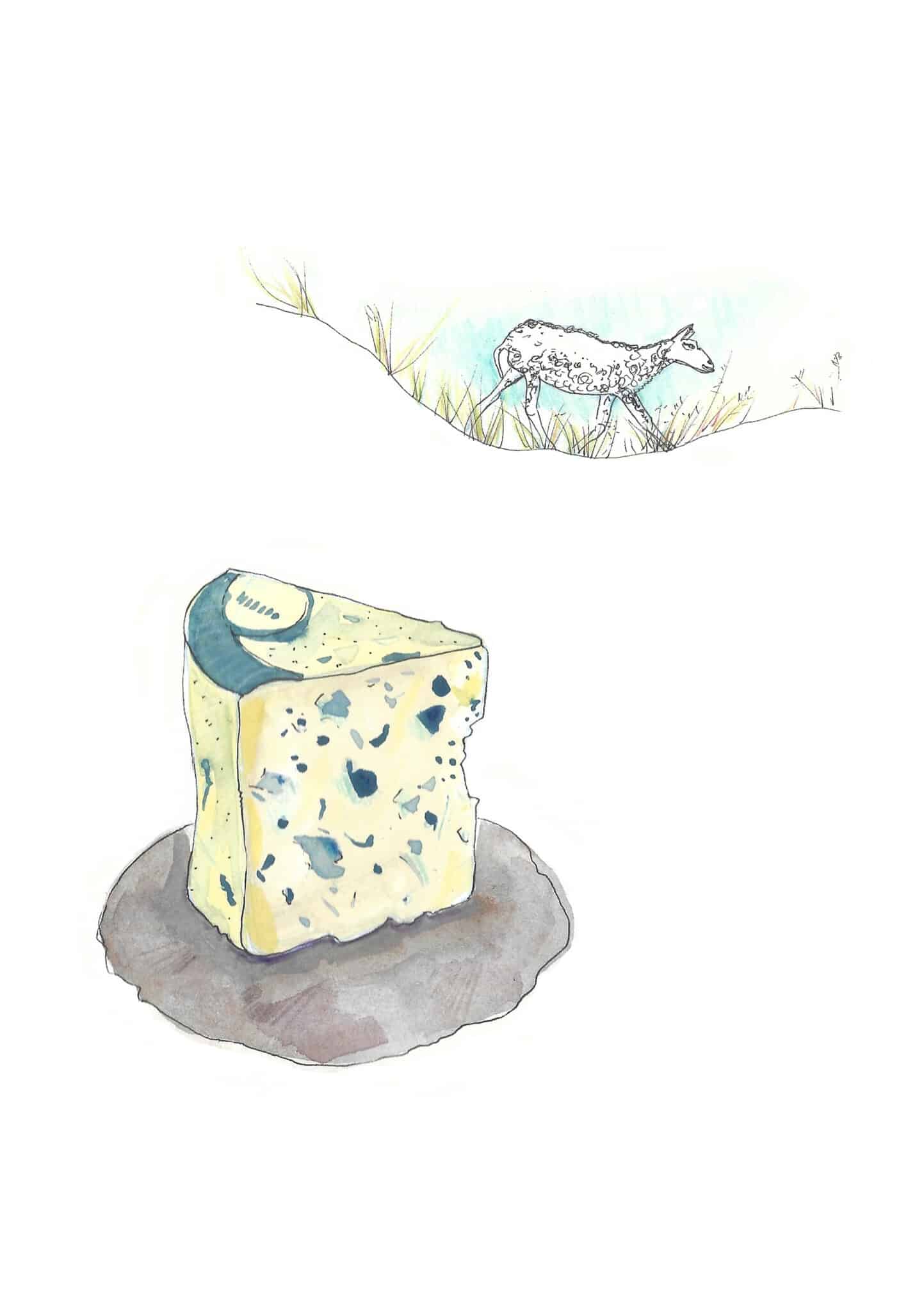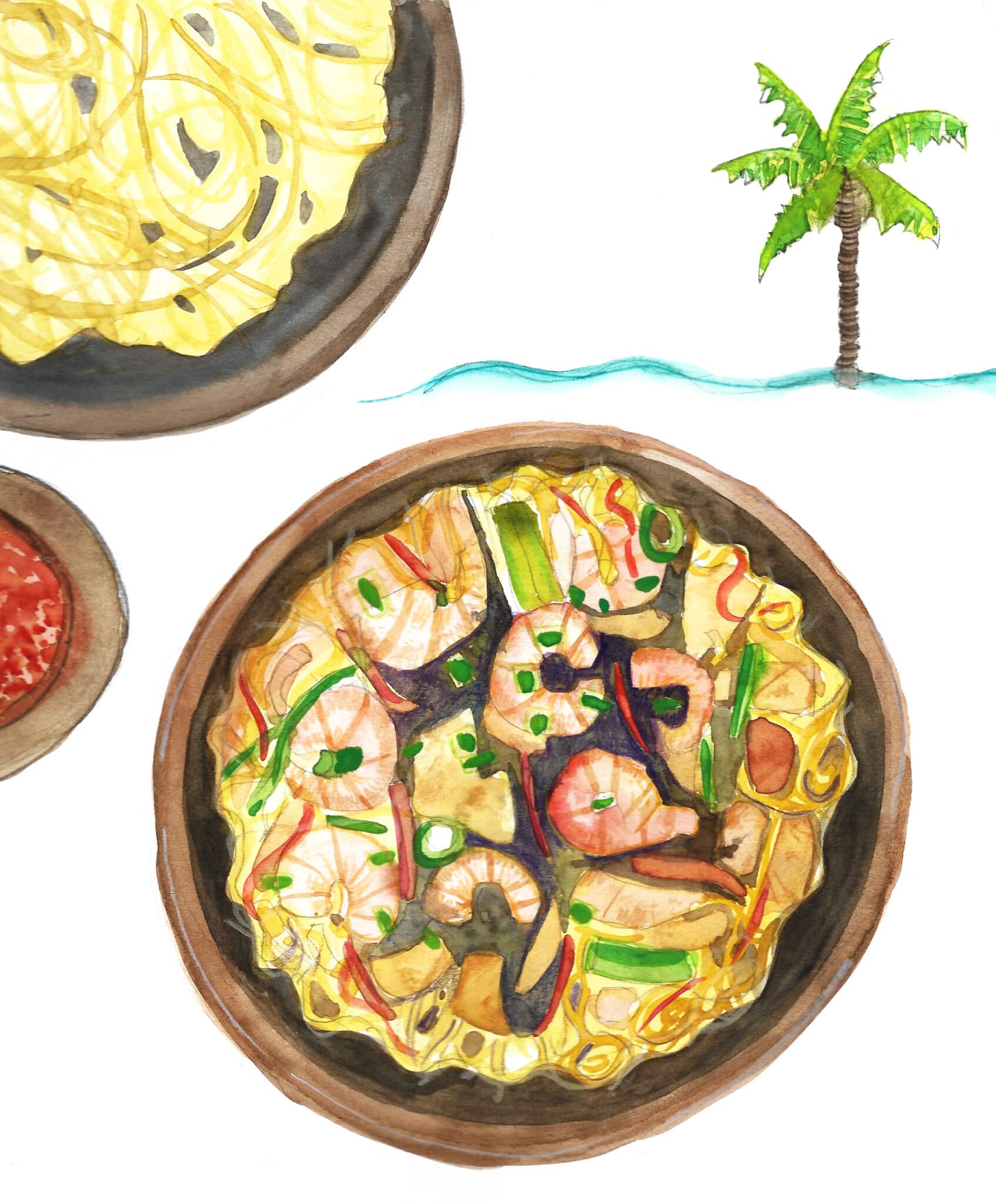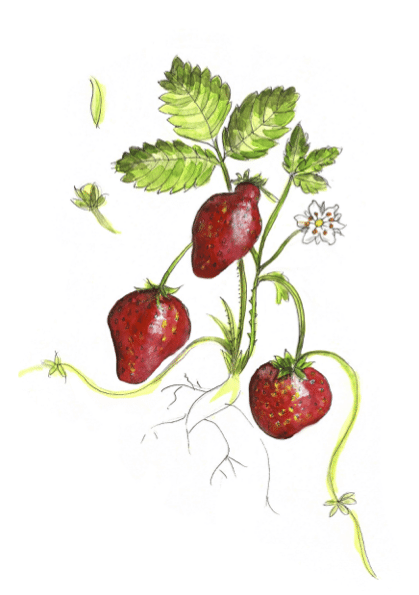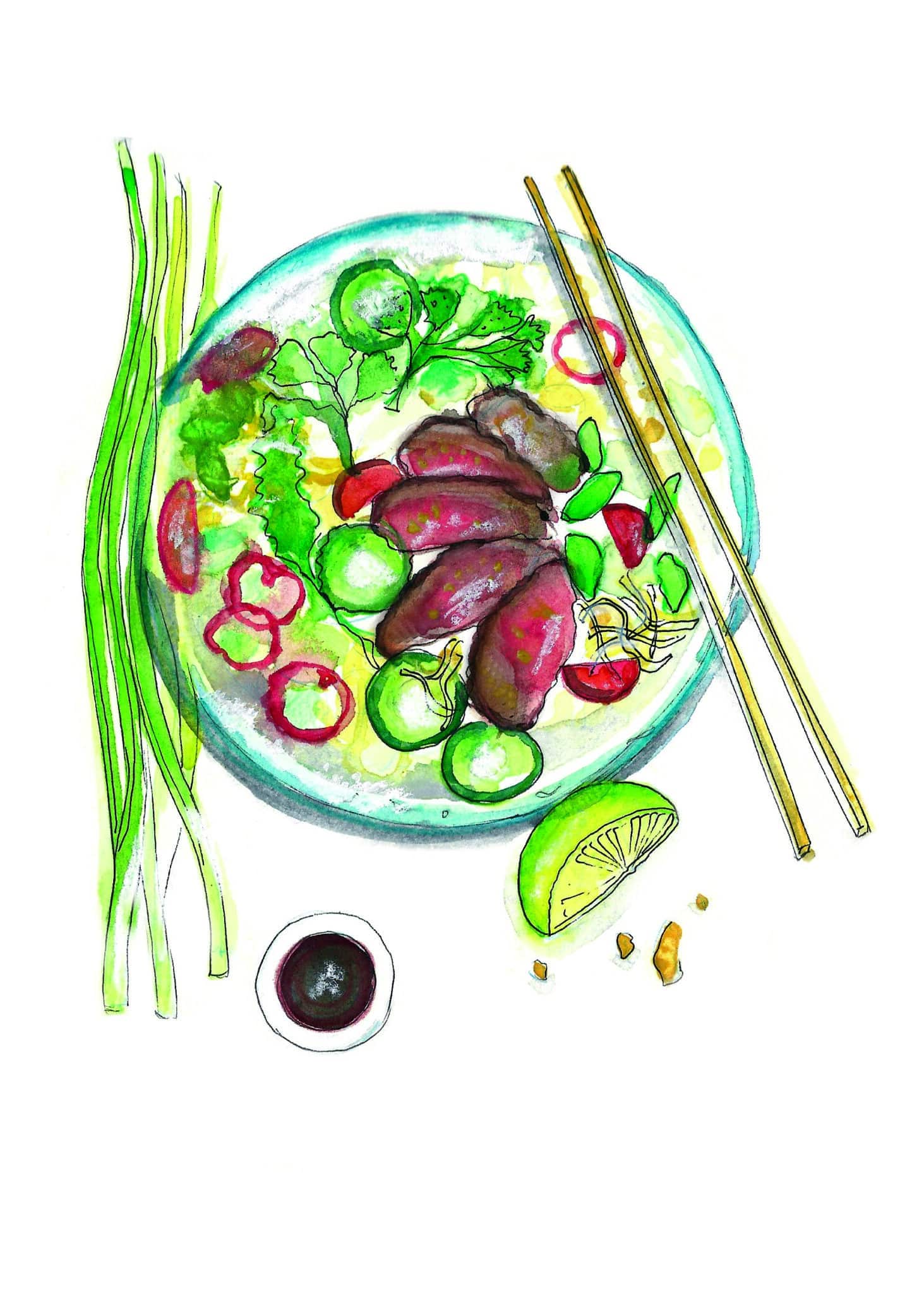Rich in vitamins and mineral salts (primarily iron and zinc), low on calories, calf’s liver is a great favourite with chefs. The way it is prepared is of utmost importance to retain its savoury, soft texture. Still pink in the centre is the best way to enjoy it, in my opinion.
In the kitchen, there are a variety of ways to prepare calf’s liver. Sweet-and-sour sauces are frequent and here too the options are infinite. Liver Venetian-style, with persillade, or prepared with raspberries are just a few examples. The sauces are often slightly vinegary which is a real challenge for the wine. Here I recommend red wines that I like to call ‘glou-glou’ wines, that is, bright wines that tend to be lighter in alcohol, tannins and body but still have pronounced acidity.
Calf’s liver with candided shallots
For me, to go with calf’s liver prepared with candied shallots deglazed with balsamic vinegar, I would suggest the 2018 Fleurie from Jean Foillard, the first vintage from the great Champagne terroir in the Beaujolais. This Beaujolais wine is full of juicy fruit. It is long and lean on the palate and light in tannins, just perfect for the delicate flesh of calf’s liver. The good acidity brings energy on the finish and freshness, which pair well with the sophisticated flavours in the cooking juices.
Looking outside of France for another good wine to pair with this dish, I would choose the finesse of the 2014 Barbera d’Alba Superiore Pairolero made by Andrea Sottimano, in the Italian Piedmont. The wine spends 24 months in barrels (very little new wood, mostly 3 and 4-wine barrels). The wine is supple and velvety on the palate, with good depth of flavour. It has just the type of texture I am looking for to pair with liver. Beautiful concentrated definition, full of finesse with no heaviness whatsoever.
Calf’s liver en persillade
Now let’s look at liver en persillade, sautéed in clarified butter with garlic and parsley, and served with smashed potato. The southern savours of the persillade steer us toward more Mediterranean wines, yet we’re still looking for moderation. Here I recommend the wine made by Clos de la Barthassade, their Pur C 17, an IGP Pays de l’Hérault. The Baron family has been in Aniane since 2013 and produces wine with outstanding finesse. Gourmandise and elegance are the hallmark of this primarily Cinsault blend fermented and raised in stainless steel. Here the pairing tends to emphasize the thirst-quenching nature of the wine.
We could also look to Chile and hone in on the 2019 Pa-tel from Jose Ignacio Maturana. Made in the Colchagua valley in the Paredones zone, 85% of this blend is the Pais red wine grape. The wine is bursting with fruit and gives up notes of red berries and potpourri. With its juicy, fresh mouthfeel, this wine is fun and exciting for consumers. It reveals the great potential of the young generation of Chilean winemakers who are pushing the boundaries and proving that with old vines of Pais, you can make wines that are teeming with innovation.
Enjoy!
La Revue du Vin de France April 2020




